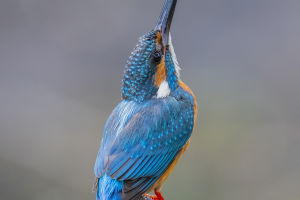In the realm of insects, few creatures capture the imagination quite like dragonflies. With their iridescent wings, swift flight, and intricate behaviors, these ancient insects have fascinated and inspired cultures throughout history.
They are known for their remarkable agility, unique life cycle, and their crucial role in maintaining ecosystem balance.
Dragonflies have roamed the Earth for over 300 million years, making them one of the oldest insect groups. Their evolution has led to a wide variety of species, each with its distinctive colors and patterns. One of the most captivating features of dragonflies is their intricate wing structure. Their wings, made of a transparent membrane, are adorned with pigments that diffract light, creating the mesmerizing shimmer that gives them the name "jewel-winged aviators."
Flight is a defining characteristic of dragonflies. They are masterful aerial predators, capable of swift and agile maneuvers. Their four wings work independently, allowing them to hover, fly backward, and change direction in an instant. This exceptional flight capability is due to their ability to move each wing separately, enabling them to adjust their wing angles to achieve unparalleled control.
Dragonflies play an important role in maintaining the balance of ecosystems. As voracious predators, they help control populations of insects like mosquitoes, flies, and other pests. This natural pest control is of immense value to both humans and other organisms that share their habitats. Moreover, dragonflies are excellent indicators of environmental health. Their sensitivity to changes in water quality and habitat conditions makes them valuable bioindicators. A thriving dragonfly population often signifies a well-balanced and biodiverse ecosystem.


